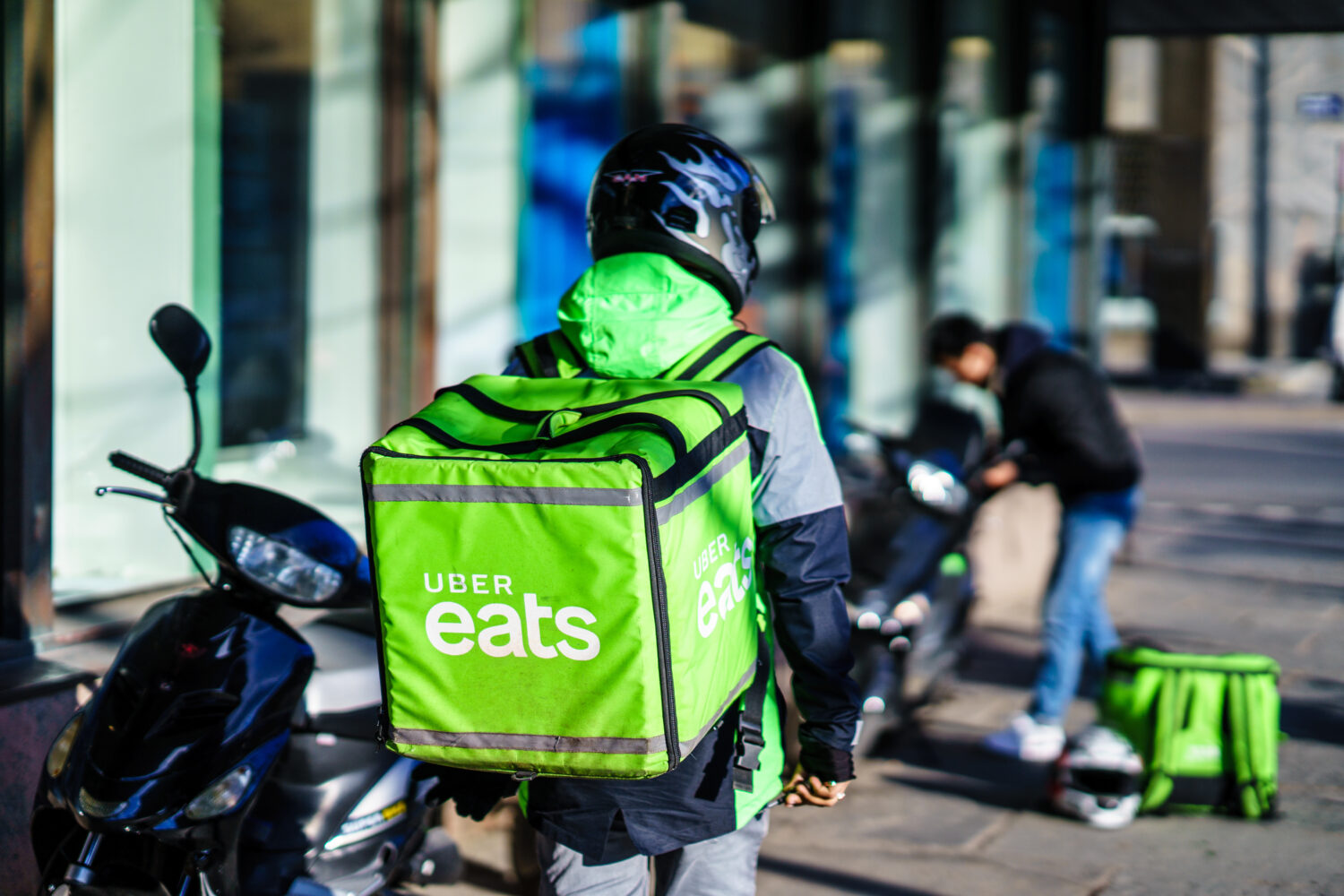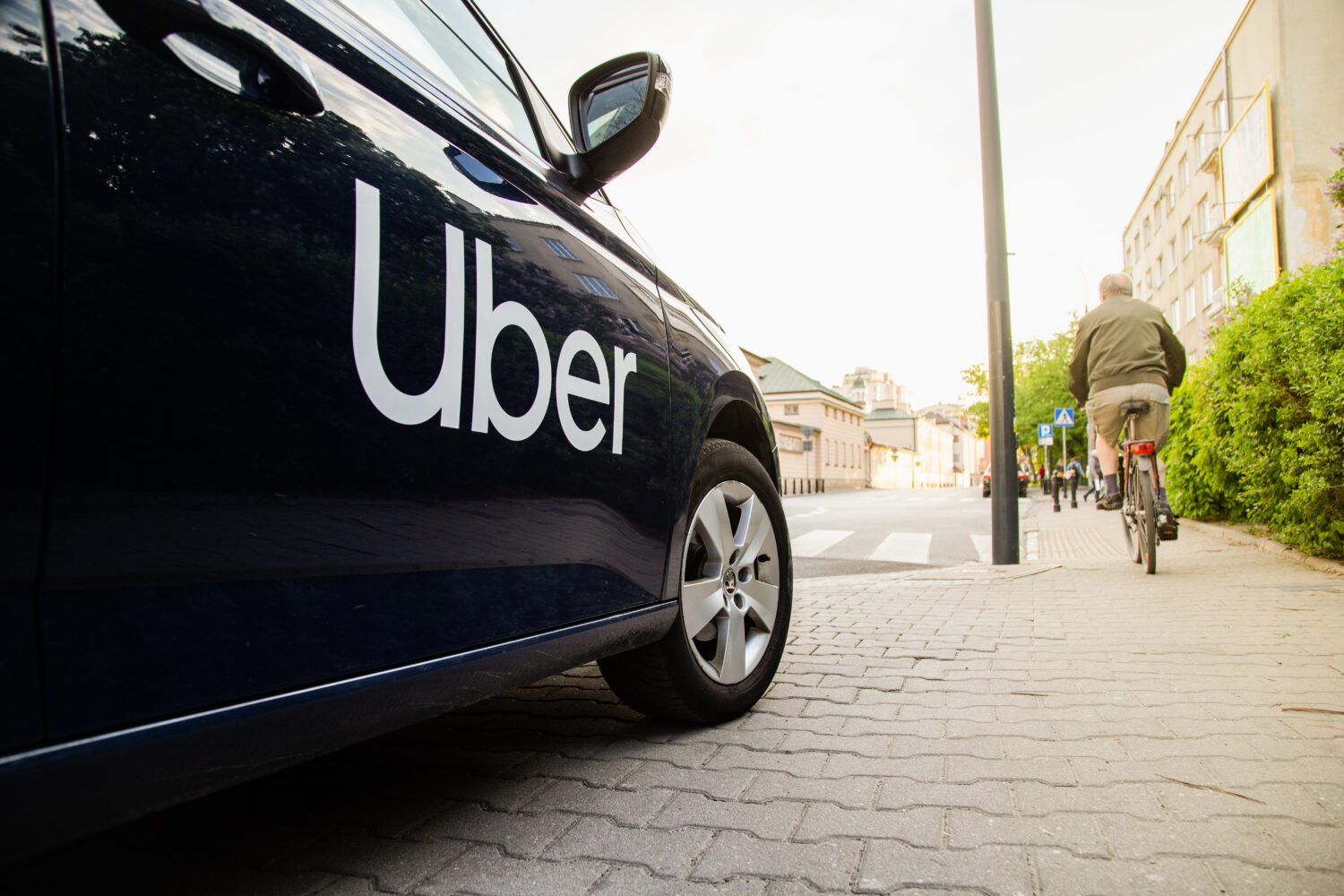On August 1, Uber reported its first operating profit.
And yet, its CFO Nelson Chai plans to leave the business in January 2024.
Chai, who joined Uber as CFO in 2018, helped to lead Uber to its first profit of $326 million (pre-tax) during the second quarter of 2023, according to a statement on its second-quarter results.
This is a sharp turnaround from the $713 million operating loss suffered in 2022.
Historically, Uber’s financials have been challenging. From 2016 to early 2023, the company reported nearly $30 billion in operating losses. Yet, Chai’s recent statement highlights the company’s resilience
“The unique power of the Uber platform and the team’s relentless focus on profitable growth was on full display in Q2, with record profitability and over $1 billion of quarterly free cash flow,” said Nelson Chai, CFO.
“I’m incredibly proud of the progress we’ve made, and Uber is well positioned to drive tremendous value for shareholders in the coming years.”
The business has posted a quarterly net profit four times before, but those results were on the back of investment gains that outweighed losses in its operations.
Looking under the hood
Uber’s statement also revealed revenue rose 14% to $9.23 billion. Its gross bookings— otherwise known as the total value of transactions on its app—grew 16% to $33.60 billion.
Bookings are indicative of consumer demand, while revenue refers to Uber’s cut from it. Uber projected gross bookings between $34 billion and $35 billion in the current quarter.
The business is also forecasting an adjusted EBITDA of $1.025 billion from $975. With projections for even higher gross bookings in the upcoming quarter, Uber’s financial health seems promising.
Uber’s CEO Dara Khosrowshahi said the company’s move to profitability, as well as its quarterly free cash flow of more than $1 billion, reflected “disciplined execution, record audience and strong engagement.”
Driving profits: Uber’s blueprint
Rose Punkunus, who was Uber’s CFO between 2013 and 2017, said many former employees had been waiting for this moment for “a long time.”
“It takes a village,” she wrote in a post on LinkedIn.
“There is no one thing that is going to make a business profitable at this scale. Every team has a part to play, and finance teams need to be embedded with every team to ensure the right metrics are shared in a timely way for the best decisions.”
Diversification seems to be at the core of Uber’s success over the years. Punkunus recounts how in 2014, one of the only engineers she had working on toll and tax calculation was pulled to start working on to the then-nascent Uber Eats.

“At the time it seemed crazy,” she said, as the team were unable to get toll calculations right which was causing several support issues. “Fast forward to today, Uber Eats is an obvious decision, and kudos to the team on the advertising execution these past few quarters,” she said.
The use of automotive tools and the speed at which the company has adopted new digital solutions has also helped propel Uber forward.
Punkunus notes most companies do a monthly (or quarterly) review of CAC and P&L, following which resources are reallocated.
“Getting the data for weekly P&Ls and making spend approval decisions quickly was a huge investment early on,” she said. “The company also invested heavily in growth analytics, marketplace, and procurement to get visibility and make decisions faster.”
Riding through red: Navigating losses
For most companies, operating at a loss for nearly 14 years would be a death knell. However, Uber’s access to capital and its strategic cost-cutting measures, especially during the pandemic, has been its saving grace.
The company’s agility in pivoting to food delivery during the pandemic and shedding non-core businesses showcases its adaptability.
Yet, challenges persist. Price wars, especially with competitors like Lyft, continue to impact Uber’s growth. However, the company’s strategic expansion into in-app advertising and disciplined spending strategies signal a brighter financial future.
Was this article helpful?
YesNo



